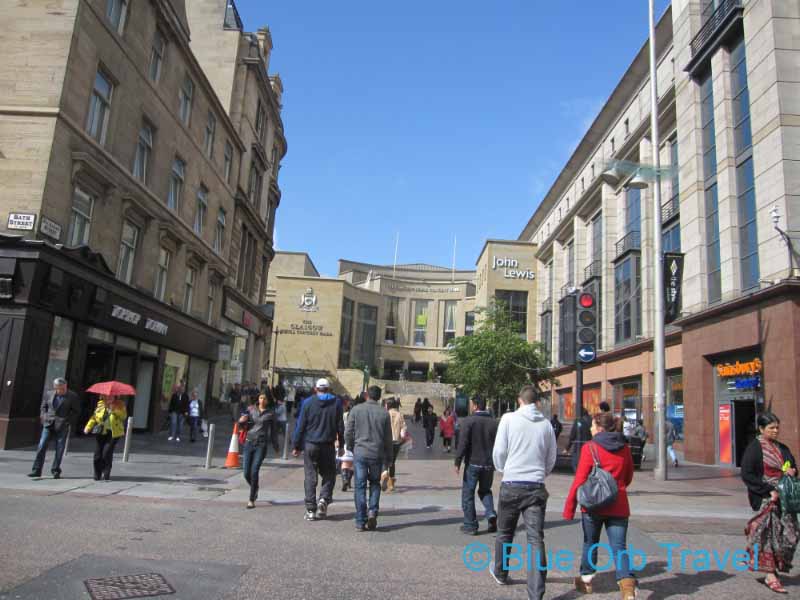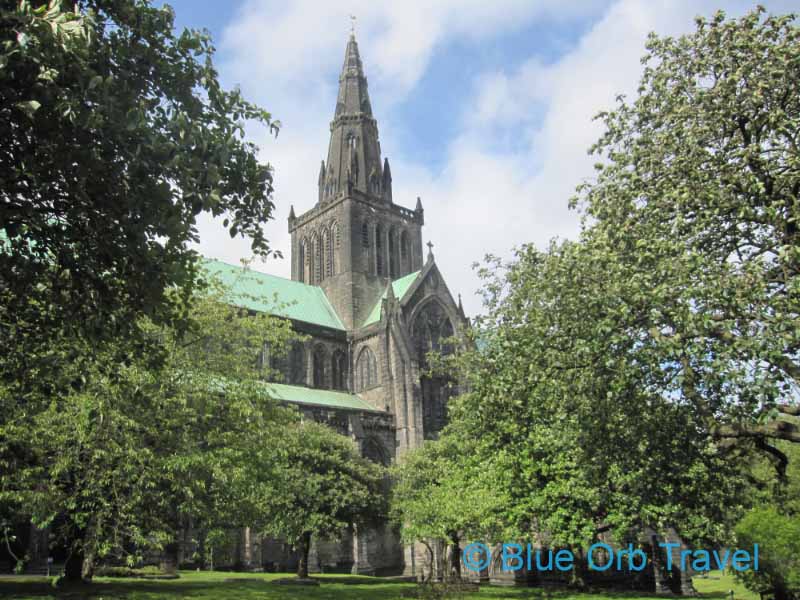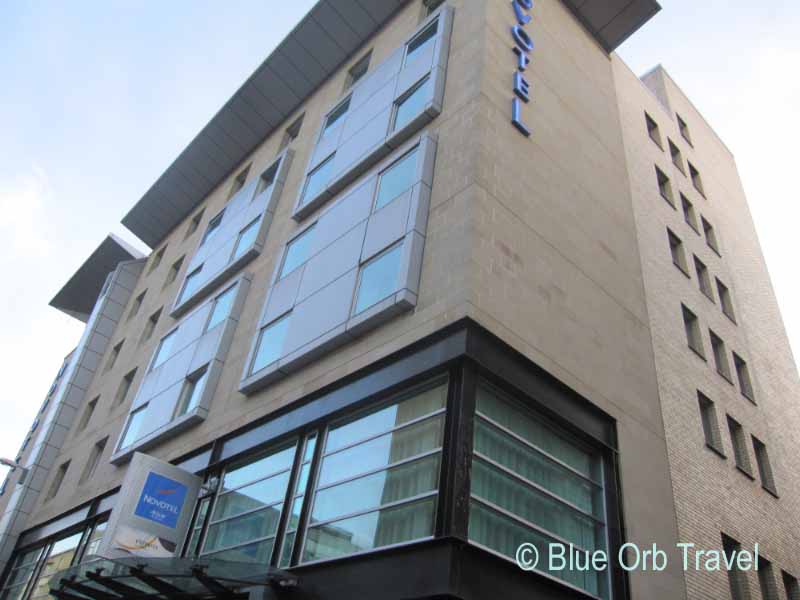Late Train to Glasgow, Scotland
After an exciting encounter with the Loch Ness Monster it was time to leave Inverness and head south for Glasgow, Scotland. For the first and only time during my three week trip throughout the United Kingdom and Ireland, the train was late…an hour and a half late! After finally getting underway, the nearly four and a half hour train ride, with the ticket costing $15, took us back again through the beautiful Cairngorms National Park, with stops in Perth, Gleneagles and Stirling, before arriving in Glasgow at 3:30 PM.

Glasgow Patter
Glasgow is Scotland’s most populous city and its major sights are concentrated on the north side of the River Clyde. Its inhabitants are known as Glaswegians and even speak their own dialect, known as Glasgow patter. Jings Crivens. Help ma boab! This exclamation of distress is an example of the Glasgow Scots dialect which derives from both Highland and Irish influence, the latter resulting from the large number of Irish who immigrated to this area, particularly after the Irish Potato Famine of 1846-7. On a personal note, my great-great grandfather, Samuel Roe, who later added the ‘w’ to our name, was among those who emigrated from Ireland and settled in Scotland during this period.

On the River Clyde
Due to its strategic location on the River Clyde, Glasgow has a long history dating back to prehistoric times. Through the years it has been an important industrial, shipping, trading and educational center. Not surprisingly, the Glasgow Central Station, built in 1879, is the busiest railway station in Scotland and is known for its unique architectural features, including the glass-walled bridge that crosses over Argyle Street. As one of the oldest universities in the English speaking world, Glasgow University is the pride of Scotland, ranking among the top 100 institutions of higher learning in the world. Founded in 1451, the splendid architecture of the main campus is befitting a university with a world class reputation that attracts top students from around the globe.

Many Sights to See
The Glasgow Cathedral with its gothic architecture is a short walk east from the center of the city. Built in the 12th Century, it is located on the site where the patron saint of Glasgow, Saint Mungo, built his church and where he now rests in the lower crypt. Directly behind the cathedral is the Necropolis, a cemetery opened in 1833 which contains an impressive number of monuments and affords an excellent view of the city…definitely worth the hike. Also on the east end of the city is Glasgow Green, the city’s oldest park dating back to 1450, located on the north side of the River Clyde. On the West end of the city, along with Glasgow University, is the Kelvingrove Park which straddles the River Kelvin just before its confluence with the River Clyde. Created in 1852 this verdant 85 acre park is a haven for wildlife and urban dwellers alike. As would be expected in a city with such a cultural and intellectual heritage, Glasgow has many museums, cathedrals and art galleries, many of which offer free admission to visitors.

Where I Stayed
Arriving in Glasgow late due to the delayed train, I didn’t have a lot of time to look for a place to stay. After all, my first priority was to get out and start exploring this beautiful city. Just a short walk from the train station, I found a vacancy at the Novotel Glasgow Centre for $107. While this was more than I usually like to pay, it was a very nice room with private bath and the location was ideal. Although it did not include breakfast, it did come with a complementary beer at the elegant bar that also served ‘spiced haggis nachos’. How’s that for an international combination!



Pingback: Glasgow, Scotland - Blue Orb Travel